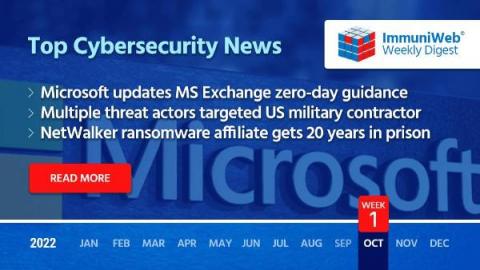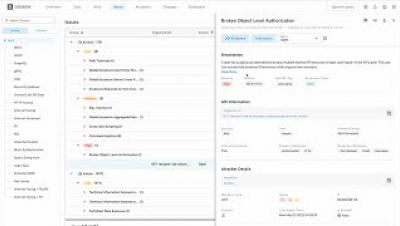New M365 Business Email Compromise Attacks with Rclone
Rclone is a data syncing tool often used by threat actors to exfiltrate data during a ransomware attack. Typically, the actors deploy Rclone after gaining remote access to the victim’s network. However, recently, Kroll experts have noted the use of Rclone in M365, using credentials stolen through network compromises or phishing attacks with minimal privileges to stealthily exfiltrate large amounts of SharePoint/OneDrive data.










